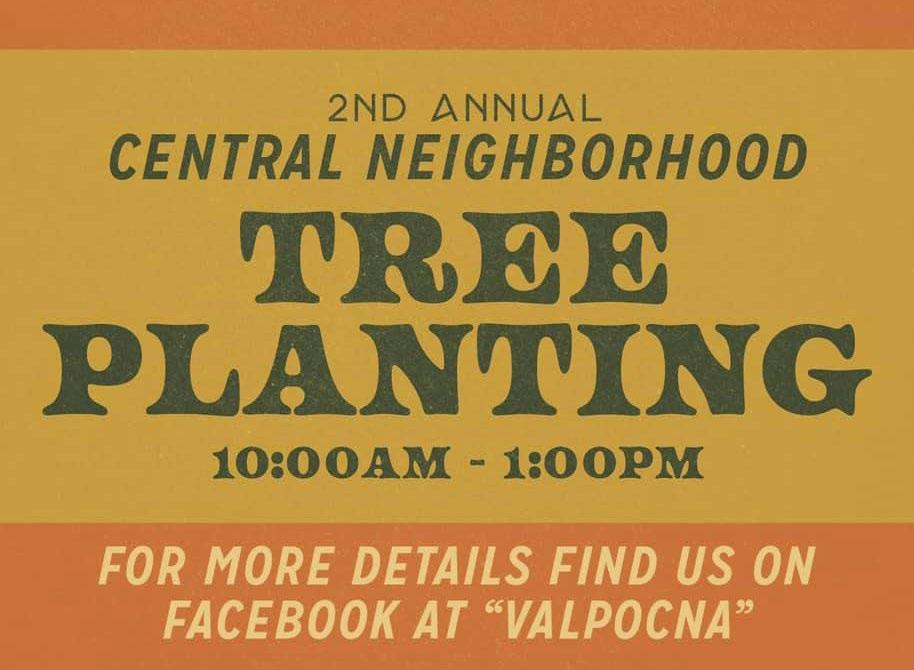
3 minute read
Neighborhood Advocacy – Navigating Your Local Government
Since a large part of a neighborhood associationʹs time may be spent advocating for change at the local level, it is important to know how to work with local government. The points below give ideas for how groups like neighborhood associations can effectively work with local government to influence decision making. Neighbors who work together, along with government can effectively solve short- and long-term neighborhood problems.
Please be sure to call or email us at City Hall for any question, concern, red flag or issue you have so that we are aware. Contacting us directly is the best way to get an accurate answer about your concern. Again, the Community Engagement Department is here to be a resource to you and your neighbors. If you aren’t sure where to start with your questions, idea or concern they are often the best place to start.
Advertisement
For a long-term initiative or goal, here are some strategies to consider.
• Keep Your Public Officials Informed: Maintain an ongoing relationship where you are able to communicate areas of concern or success with City staff and elected officials. The City’s doors are always open for you to come by or call City Hall to discuss what’s on your mind.
View the City Council district map and get to know the City Councilperson who represents your neighborhood. Invite them to a meeting to share your goals or concerns. As the saying goes - “don’t wait to ask a stranger for a favor” - meaning that it’s best to have the relationship established before you ask your Councilperson to vote your way on an issue.
• Know the Structure and Purpose of City Government: View the City’s website at www.Valpo.us and learn more about what we do. Visit or stream a few public meetings to understand how different Boards and Commissions may operate, discover the guidelines they follow and become familiar with their capabilities and restrictions.
Encourage members of your association to participate in our City Government Academy (CGA) to get a behind-thescenes look at how the City functions. CGA is a free 7-week program where participants learn about our work directly from department heads and elected officials at various locations around the city. Having a couple of neighbors gain this knowledge and graduate from the program would be a big asset to the entire neighborhood group.


• Have Set Goals in Mind: Know what your neighborhood is trying to accomplish and what its priorities are. Consider how your existing goals align with City plans and departments.
• Know Your Issues: Do your homework. Find out who is affected, to what degree and the consequences of no action. Determine which issues will need to be addressed by the City and which will need to be addressed by the neighborhood itself.
• Make it Clear You Represent a Group: Identify the name of your neighborhood group and its purpose or mission. Determine a point person to represent the neighborhood to help establish continuity and identity. Ensure that you have the group’s approval/ authorization before acting or speaking publicly on its behalf.
• Follow Up: As you’re meeting with City staff and elected officials, follow up on the discussion with a memo summarizing the discussion and its outcome. Check back to see if whatever has been agreed to is being done or to see if decisions are being made. After the decision has been made, check back with the appropriate staff or official to be certain it is carried out.
•Keep the Neighborhood Informed: Use your neighborhood associationʹs meetings and communications to keep everyone informed of progress. Contact the neighbors and friends about what is happening.
Advocating with your neighbors as an association or group allows you to speak with a unified voice on specific issues. A unified voice speaks to a broader constituency that is impacted by the issue and may carry more weight with elected officials.











